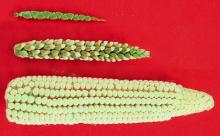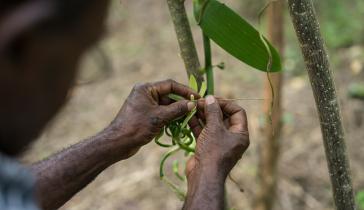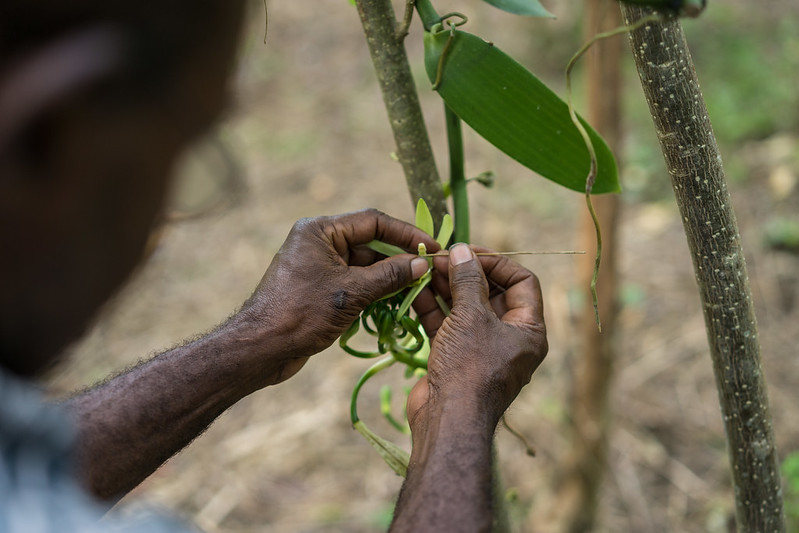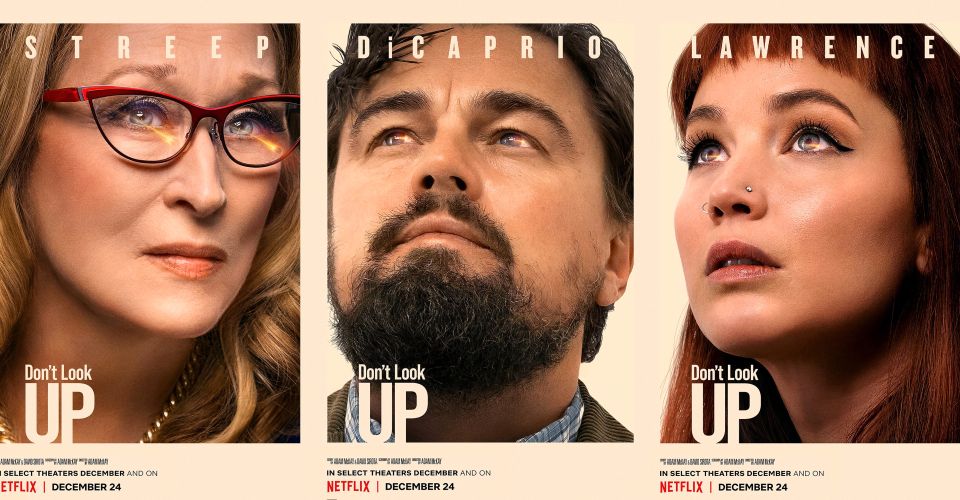Sometimes corn gets served a bad hand at the Thanksgiving table. It’s not that corn is not liked, it just gets overlooked when you have savory stuffing, succulent carved Turkey, and an assortment of pies that are all vying for space in your growling stomach.
This holiday season, however, give some extra love to your creamed corn, cornbread, hushpuppies, and tamales because without biotech it might not be here.
In 1996, corn became one the very first commercially available genetically modified crops and today more than 90% of corn planted in the US is genetically modified. Thanks to progress in biotechnology, our society can make the most of the husk, the cob, and the kernels, making corn almost a no-waste product.
To fully appreciate the role of biotech innovation in corn, however, we must go way back to thousands of years before the Pilgrims landed in the “New World.” The corn we eat today is the result of hundreds of years of intelligent design meant to maximize the crop.
Native peoples—in what is now Mexico and Central America—were the first to grow and domesticate corn. The earliest known relative of maize is a wild grass known as teosinte.
In its earlier days, circa 8700 BC, the corn seeds would burst off its stalk when the grain was ripe causing them to disperse. It was the corn’s way of pollinating and spreading. Over time, farmers—some of the first to modify plants using breeding—selectively bred corn to grow so that the seeds stay put. From there they then worked on other desirable traits: ability to grow in different climates, increased size, kernel shape and color, and taste.
By some estimates, at some point there were over 300 varieties of corn. Today, it’s down to a much more manageable six main types of corn that are grow in the United States.
Over the years our climate has changed radically, propelling the next phase of corn development like the ability to withstand certain pests and weeds that thrive in exceedingly warmer climates.
Biotechnology has enabled the crop to be more resilient and allowed American farmers to export more corn than any other country in the world.
From food to fuel to fabric, the corn crop has become one of the most critical vegetables in our society. So, this Thanksgiving, don’t let corn be overlooked; be grateful for this versatile crop.





.jpg?itok=5epg0qxZ)


.jpg)












.png)


